


|
|
|---|


















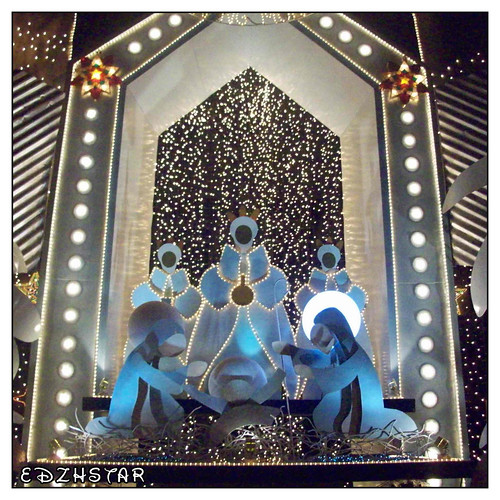
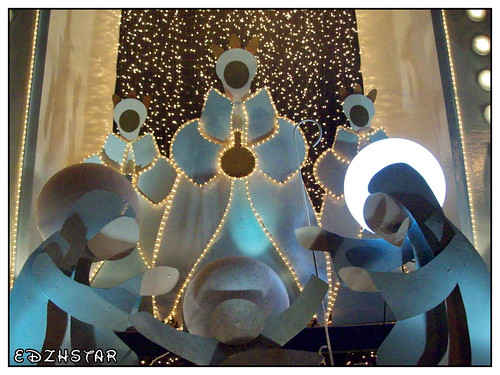
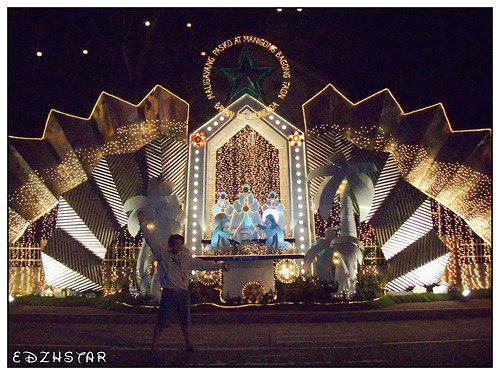
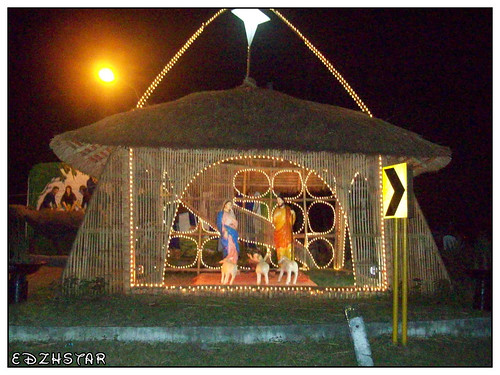
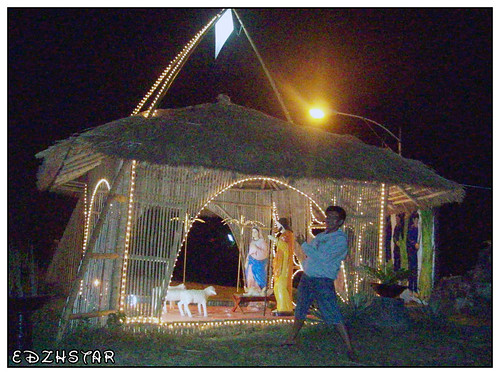
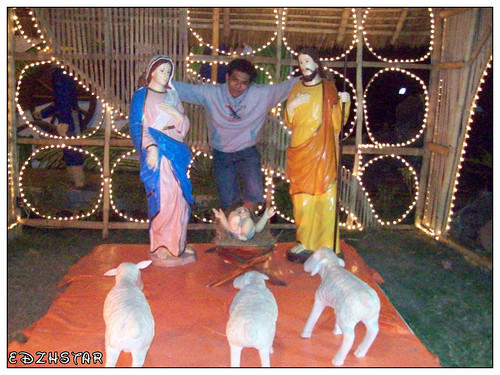

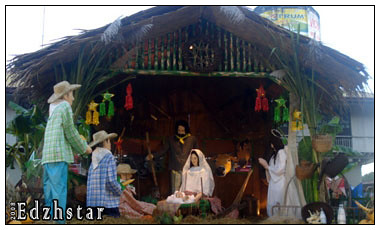










DOT Cites Pilgrimage Site in Tarlac
Tiotuico said that the Church of the Risen Christ located in the middle of the sprawling monasterio complex houses the silver reliquary where the authentic fragment of the Wooden Cross is now enshrined. It is now under the ministerial care of the Servants of the Risen Christ, a monastic congregation led by its Prior, Frater Ronald Thomas Cortez, or Frater Archie to his friends, whose population numbers to about 30 all over the country. These religious brothers, or Frater to the Catholic community, are clothed with a divine vow to live a life of monasticism and contemplative life.
It was in 2005 when Msgr. Volker Bauer from Germany during the World Youth Day celebration offered to give to Prior Cortez the sacred relic long after the churches in Europe underwent radical transformation due to the advent of communism and were being closed down to give way to museums and warehouses. And so on January 29, 2007, Msgr. Bauer flew in with the relic and brought it first to Clark in Pampanga and finally to the monasterio in Tarlac for dedication. The historic event was conducted by the Papal Nuncio to the Philippines, His Excellency Most Rev. Fernando Filoni, DD, Tarlac Bishop Florentino Cinense and a host of other clergy.
The reliquary is known to be the only one in the entire continent of Asia.
To accommodate the growing hordes of devotees to the shrine in Tarlac, the Priory of the Risen Christ decided to celebrate the Holy Mass every Saturday and Sunday at 10:00 in the morning after which the faithful is allowed entry to the reliquary to pay their homage and be blessed with spirituality.
Starting on September 14, 2007 and every year thereafter, when the entire Christian community celebrates the anniversary of the dedication of the Church of the Holy Sepulchre in Jerusalem and for which the Vatican officially named the day in 1963 as the Feast of the Triumph of the Cross, the church will begin to open the silver-guilt casket for public veneration. Atop the imposing altar is the inscription in Latin: Ave, Crux, Spes, Unica which means Hail, the Holy Cross, Our Only Hope.
The veneration of the True Cross finds its origin in the legend of Helena. According to Christian tradition, when Emperor Constantine granted religious freedom to Christians in the Roman Empire in 313 A.D., his mother, Queen Helena, later in 326 A.D. made pilgrimage to the Holy Land to locate those places sacred to Christians and find the Cross of Jesus. With the help of Christians there, she found many places where Jesus lived, and carried out his ministry. Queen Helena had churches built in many of these sacred sites (e.g., the Tomb of the Holy Sepulchre, the Calvary, the Nativity, etc.). She also found the True Cross, buried under a pagan temple, the nails, and the title that was affixed to the Cross. She is said to have verified the true cross among the three that were unearthed through miracles (a dead girl was restored to life when touched by the True Cross). She left part of the Cross in Jerusalem, gave part to her son in Constantinople, and took part back to Rome where the Church of the Holy Cross of Jerusalem was built. Pieces of the Cross were venerated as holy relics, and fragments were given as gifts to many churches in Europe.
The sprawling monastery with dormitory and viewing decks offers a commanding view of the mountainous terrain of the towns of Tarlac nearby and the imposing 30-ft. Statue of the Risen Christ.
The 278-ha. Tarlac Ecotourism Park where the monasterio is located was developed by Gov. Jose “Aping” Yap as his legacy to the Tarlaquenos. Visitors are attracted to the place on account of its cool mountain air, presence of natural springs, flora and wildlife, and outdoor living activities. Providing the needed support is Vic Yap of the Special Projects Office of the Office of the Governor, and Ms. Isabel Cojuangco-Suntay, a persistent benefactor to the community. The local tourism industry provides full support to the project under the auspices of Ms. Lydia Co of the Tarlac City Tourism Council and at the same time Chairman of the Central Luzon Tourism Council.

How to Get There
From Manila, take the North Luzon Expressway, exit Sta. Ines Toll Plaza in Mabalacat, Pampanga. Proceed towards north to Tarlac City. Upon reaching Brgy. San Sebastian (Hon Kee Tea House), take a left turn to the bypass road (Tarlac - Pangasinan) towards the town of Camiling. Follow the 36-km backcountry but well-paved road to Brgy. Lubigan in San Jose, Tarlac (turns are well signposted)
|
|---|
|
|---|